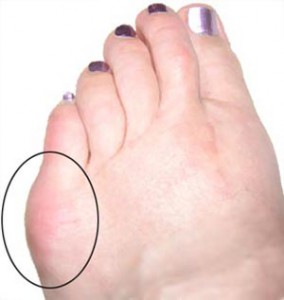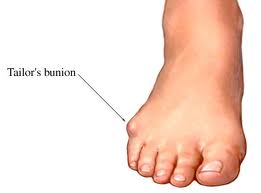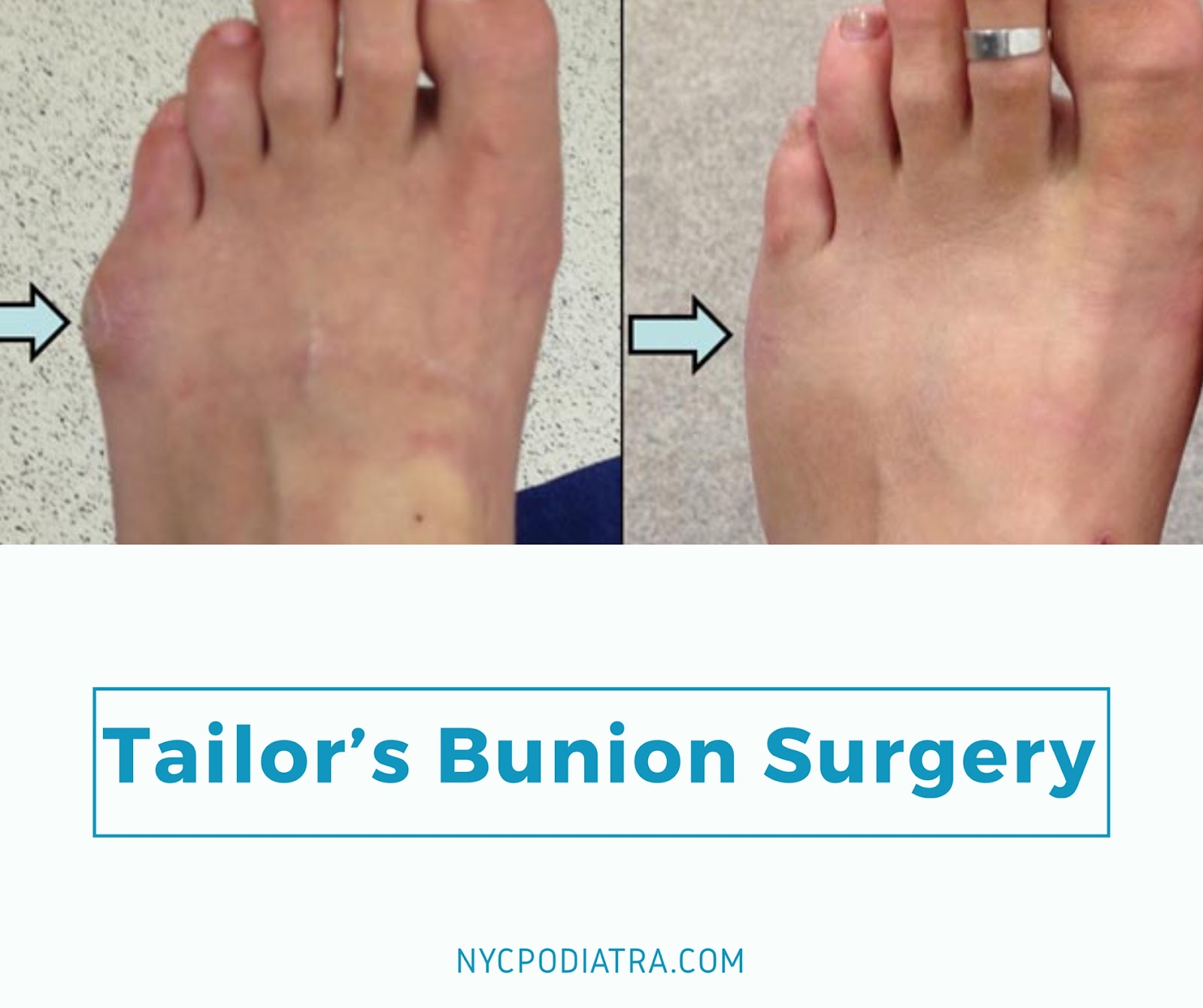What is Tailor’s Bunion?
Most of us are familiar with bunions, which is a bony protrusion at the base of the big toe. Did you know that a similar condition can happen on the little toe as well? This is called a Tailor’s bunion. The term Tailor’s bunion originated in the 19th century when tailors, sitting with their legs crossed for prolonged periods, put excessive pressure on the outer borders of their feet, thus causing bunions to develop.
Tailor’s bunion, also known as bunionette, is a bump that forms along the side of the base of the 5th metatarsal bone (the bone at the bottom of your little toe). Although a Tailor’s bunion is not as common as a bunion on the big toe joint, it can cause irritation and pain around the 5th toe joint, and affect daily activity and wearing of shoes.
What causes Tailor’s Bunion?
The actual cause of Tailor’s bunion is not clear, as it appears to be multifactorial. The most common cause of Tailor’s bunion is direct pressure to the 5th metatarsal bone. This pressure generally comes from narrow, or tight, shoes. These shoes force the little toe inwards towards the other toes, encouraging changes to the joint alignment, and aggravating the symptoms through persistent rubbing and pressure against the skin.
In many cases, abnormal foot posture can encourage development of Tailor’s bunion. People with gait abnormalities due to excessively low or high arch feet may place more weight on the outside of their feet during walking. Other causes include loose ligaments within the foot and tight calf muscles.

What are the symptoms of Tailor’s Bunion?
The common symptoms of Tailor’s bunion include swelling, redness and pain at the site of the enlargement. These symptoms are aggravated when wearing shoes that rub against the enlargement, irritating the soft tissues underneath the skin and causing inflammation. Corn and callus may also develop on, and around, the bunion, causing more pain.
How can a Podiatrist treat Tailor’s bunion?
A foot specialist can perform a thorough biomechanical assessment of your feet to determine the cause of your symptoms. The aim of treatment of Tailor’s bunion is to reduce pain by focusing on reducing pressure and load on the painful area. Treatment for Tailor’s bunion begins with non-surgical interventions such as the following:
- Proper footwear: We can recommend shoes with a wider toe-box so that it lessens the pressure on the fifth metatarsal bone.
- Foot orthoses (functional custom insoles): These devices help to improve foot posture, reduce excessive joint loading and pain on the Tailor’s bunion area.
- Padding: In-shoe padding will help to accommodate and minimise irritation of the Tailor’s bunion.
- Strengthening exercises: This aims to strengthen foot and ankle muscles to help improve foot mechanics and redistribute load evenly across the front part of the foot.
Surgical intervention is only considered when pain continues despite the above interventions.
Do not suffer from foot pain any further. When in doubt, feel free to consult our friendly podiatrists through our Ask a Podiatrist Whatsapp service at 9175 4929.
Written by:
Toto Supapong Supantamart
Principal Podiatrist
Physio and Sole Clinic








